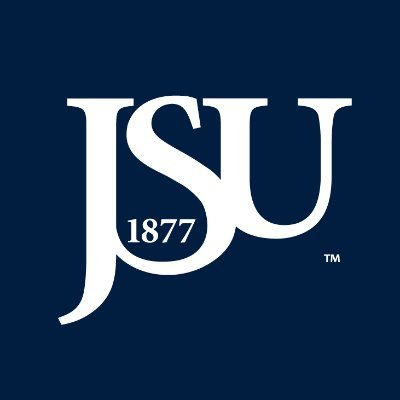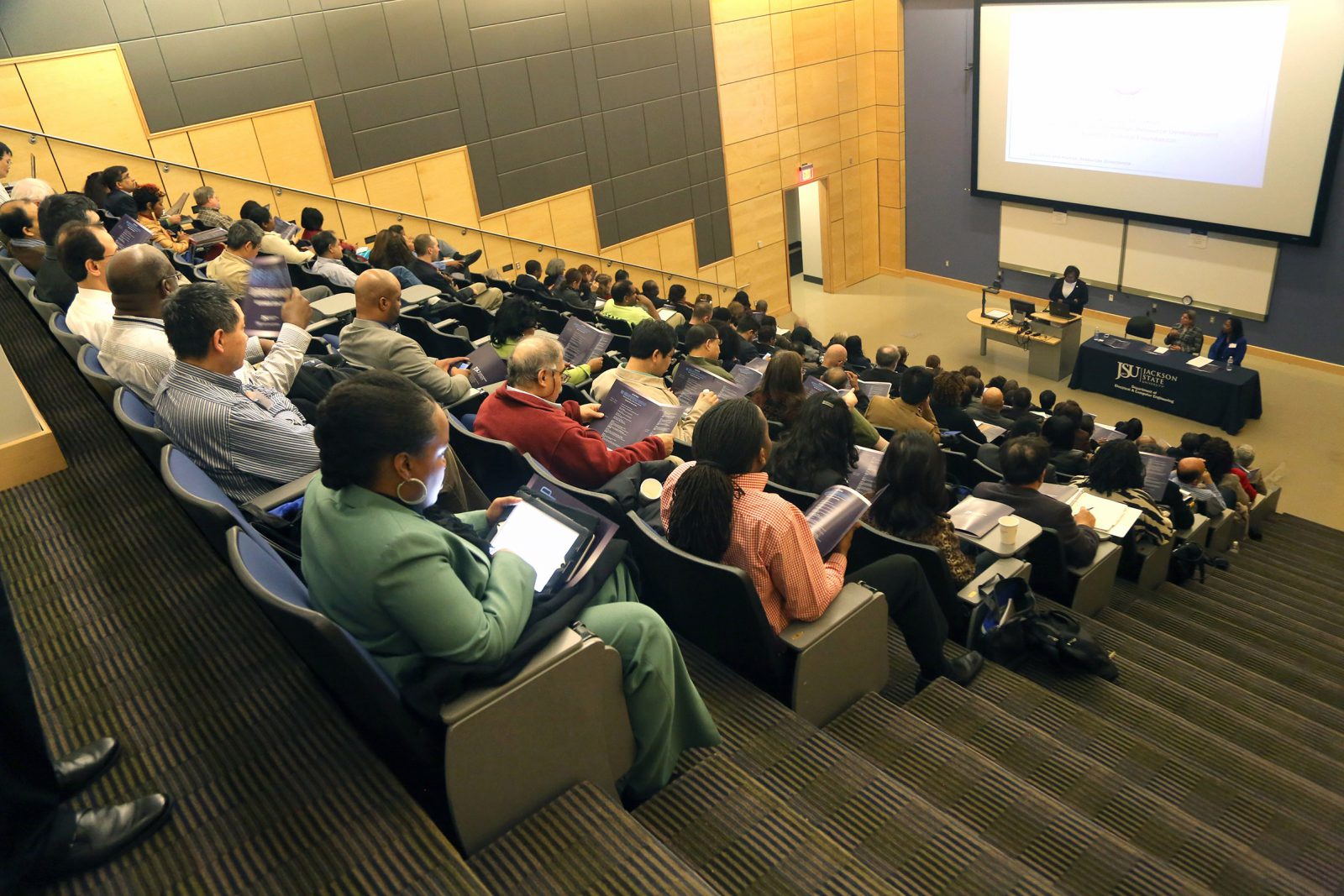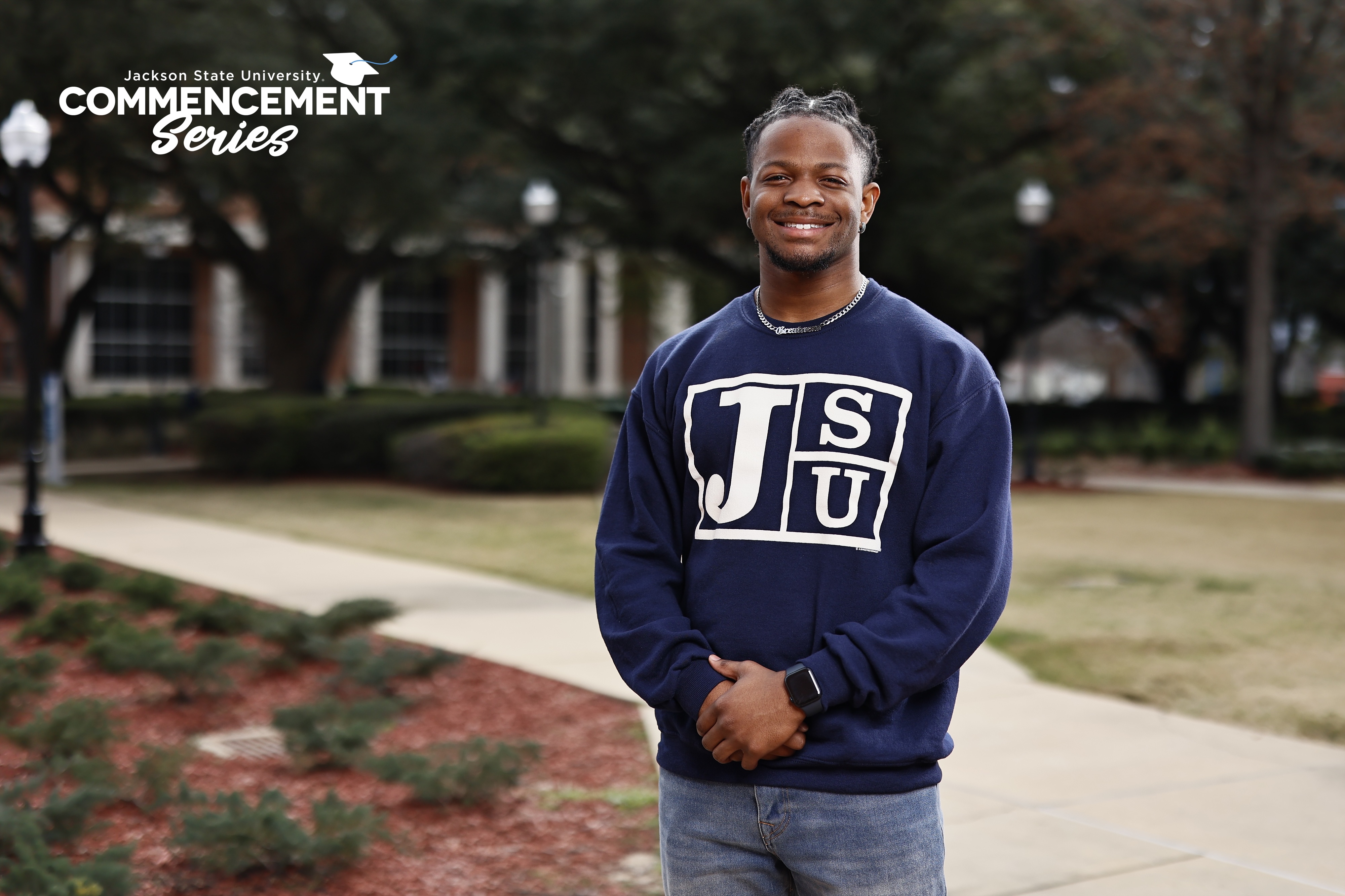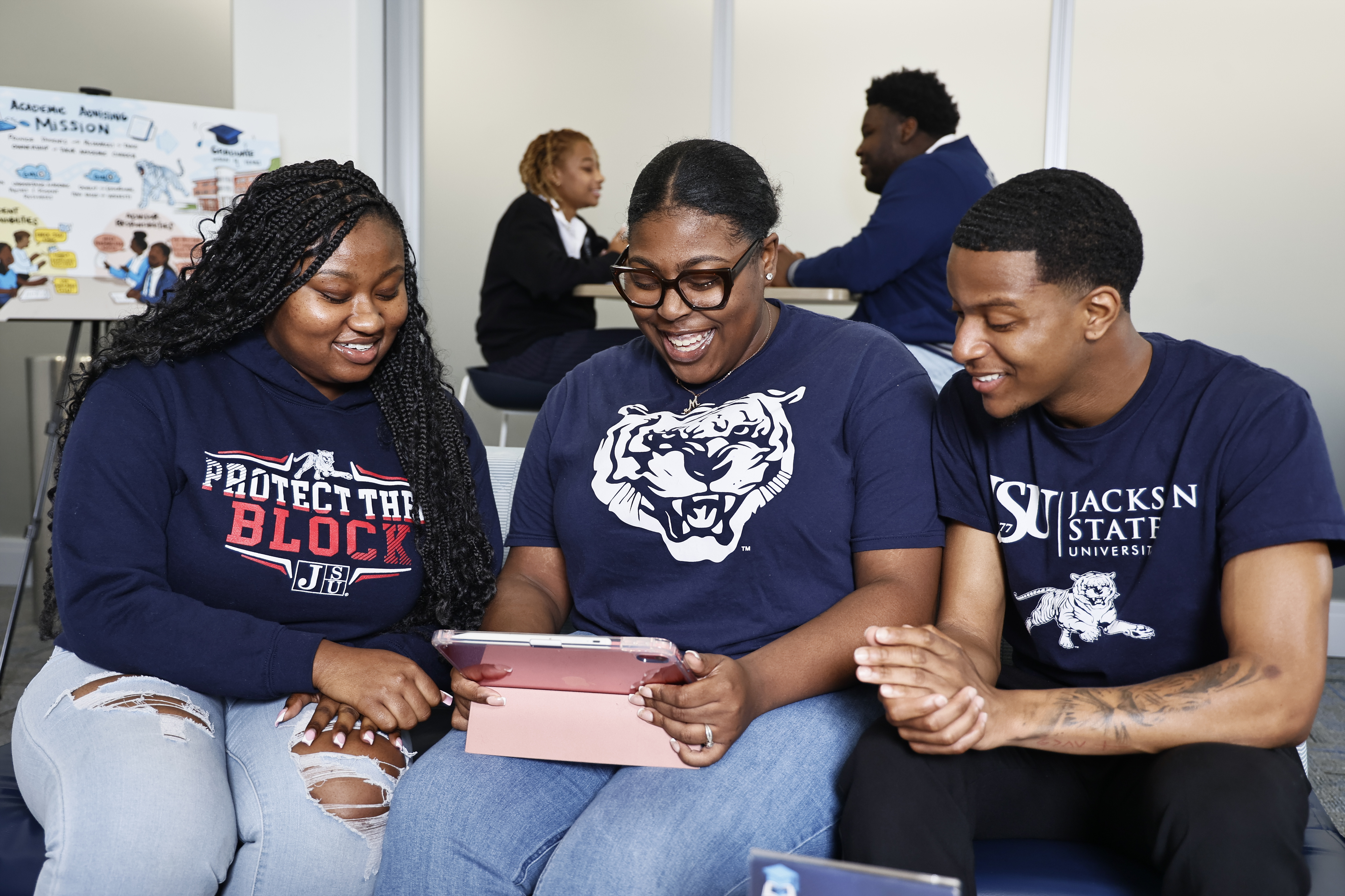Jackson State University faculty and staff, along with dozens of representatives from other universities, learned how to apply for grants from the National Science Foundation on NSF Day on Thursday.
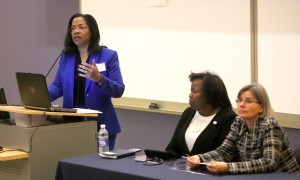
More than 150 people attended the NSF HBCU-UP Outreach Workshop at the Engineering Building to learn best practices for applying for NSF grants, said Dr. Loretta Moore, vice president, JSU division of research and federal relations, coordinating the event.
Dr. Sylvia James, division director, NSF Division of Human Resource Development, from Washington, D.C., kicked off the workshops by saying that while the program supported science, technology, engineering and mathematics (STEM) programs, there are funding opportunities across the spectrum of academic disciplines.
In fact, she said, part of the NSF’s strategic plan is to collaborate with social, behaviorial and economic sciences.
It is the hope that events such as NSF Day will involve more historically black colleges and universities (HBCUs) to apply for grants, and particularly core research (ECR) grants, James said.
Pointing to funding levels for the agency, James noted that the budget for ECR grants has increased from $21 million to $73 million. “That should give you incentive to make a proposal,” she said.
Claudia Rankins, a NSF project organizer with the Division of Human Resource Development, said she was “overwhelmed” by the number of people at the workshop.
Attendees came from Alcorn State University, Hinds Community College, Grambling University, Mississippi Valley State University, Prairie View A&M University, Tougaloo College, Tennessee State University and the University of Mississippi.
This is the first regional NSF outreach workshop to be held at JSU, Moore said.
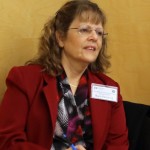
One of those attending a NSF Day workshop for the first time was Dr. Marie Hammond, an associate professor at Tennessee State University.
“This is my first time to visit Jackson State, my first time to a NSF workshop and my first NSF grant” that she has received, Hammond said.
Hammond’s grant was to develop career management training for STEM students “so they know how to apply STEM skills for their careers,” she said. Although the career management program for STEM students is currently only at TSU, she’s “hoping to expand it to other places.”
Implementing STEM education was among the more popular topics at the NSF Day. One classroom was packed with academics intent on funding programs to broaden participation and improve learning environments given by Gul Kremer, a program officer with the NSF Division of Undergraduate Education. In her talk on “Improving Undergraduate STEM Education,” she said, it’s imperative “to build the professional STEM workforce for tomorrow.”
“One of the pressing issues is how are we going to keep the U.S. competitive,” she said.
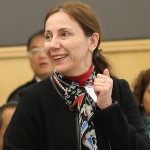
Tasha Innis, a program officer with the NSF Division of Human Resource Development, said that a way to promote competitiveness is through capacity building. That is, bringing people into the STEM field, meeting together, holding workshops and conferences.
Among the outreach programs NSF promotes: the Louis Stokes Alliance for Minority Participation (LSAMP), which has a program on the JSU campus (see: https://www.jsums.edu/csetsss/lsmamp/); grants for education and human resources (EHR); and core research (ECR).
Capacity building is specifically eligible for NSF grants up to $300,000, she said. “We need broader minority participation” as primary investigators for these grants, Innis said.
Innis also gave tips for writing winning grant proposals. Among them:
— Start early, at least six months prior to the deadline
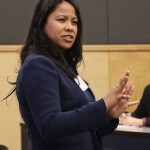
— Contact the program officer to discuss your idea
— Read carefully the grant solicitation, so that all requirements are met
— Attend webinars about the programs
— Keep abreast of updates on the NFS website
Grants are available for a wide array of services, NSF personnel noted. For example, Earnestine Easter, program officer with the NSF Division of Graduate Education, said Graduate Research Fellowships are available that provide stipends of $32,000 per year for three years.
Also available are professional development grants and internships, as well as “traineeship,” which presupposes a broader range of experience than an internship.
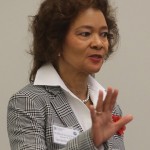
A hot area now, she said, is CyberCorps, or cyber security education, where a student can get a scholarship in return for service to the government. “It’s a growing area,” she said, “and we do not have nearly enough participation in the program.”
The cyber education grants provide funds for both students and institutions, Easter said, with funding caps of $300,000 to $900,000 for capacity building projects and $1 million to $1.5 million for scholarship projects. “Not enough HBCUs are applying,” she said.
In addition, grants are available for STEM workforce development for up to $2.5 million for 5-year proposals.
HBCUs can receive heightened NSF grant attention through the HBCU Undergraduate Program (HBCU-UP), said Andrea Johnson, program officer of the NSF Division of Human Resource Development and through the Centers of Research Excellence in Science and Technology (CREST) program.
CREST enhances research capabilities of minority serving institutions, promoting development of STEM in traditionally underserved populations, Johnson said.
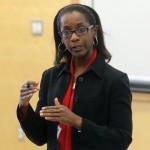
Additionally, HBCUs with STEM doctoral degrees can also receive funding through HBCU Research Infrastructure for Science and Engineering (RISE) grants, she said.
JSU has won both HBCU-RISE and CREST funds.
Eligible funding actions include conferences, symposiums, workshops, cyberlearning and future learning projects.
Several grant options are available for young and mid-career faculty members, as well as established faculty who might be wanting to go back into research, Johnson said.
Johnson listed criticisms by project reviewers that resulted in quick dismissals of projects, including: vague plans; inadequate, insincere, or weak commitment letters; inappropriate personnel or roles; unrealistic assumptions; lack of innovation; lack of collaboration with partners; poor spelling; typos; excessive length; bad math.
Those who submit proposals for funding should not get discouraged if they are turned down, said James. Last year, of 50,300 proposals submitted, said Easter, only 11,300 were granted awards.
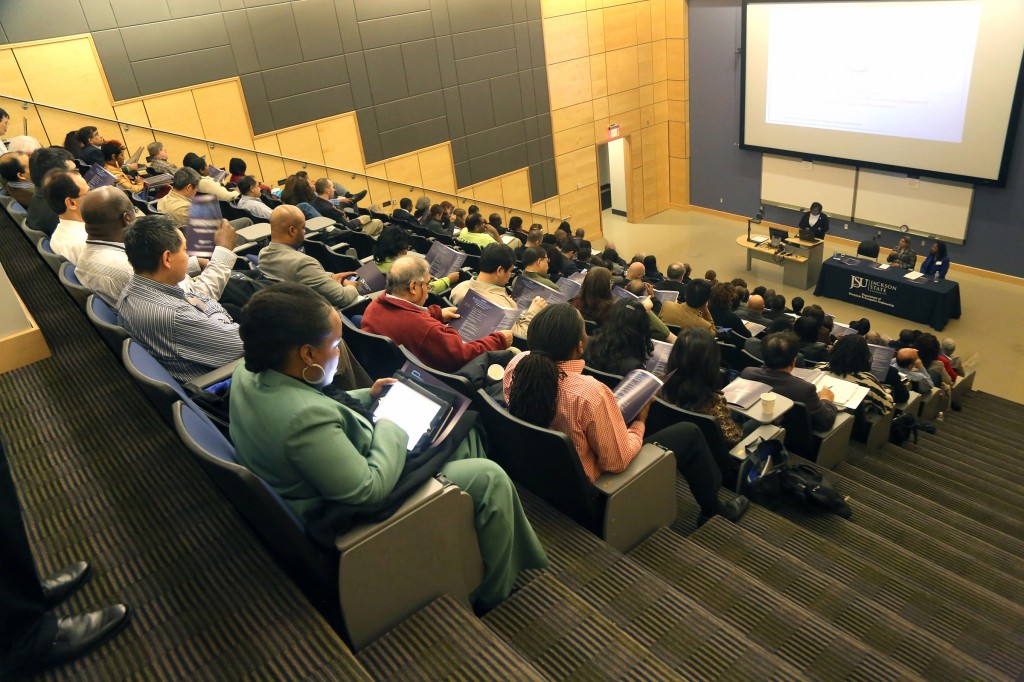
A proposal can be turned down multiple times and still get funded, James said. Read the critiques if your proposal is rejected. Talk with the program officer, she said, to find ways for improvement.
James invited those attending to consider being project reviewers. “If you love, love, love grants and the grant review process, this is the place to be,” she said.
For more information about NSF grants, see: https://www.nsf.gov


